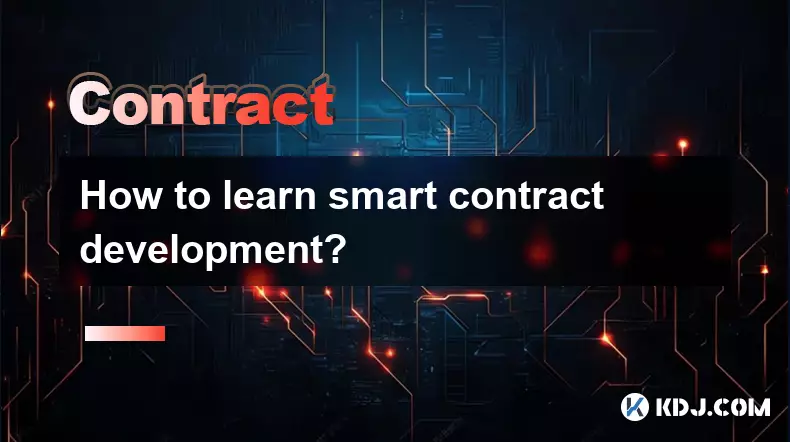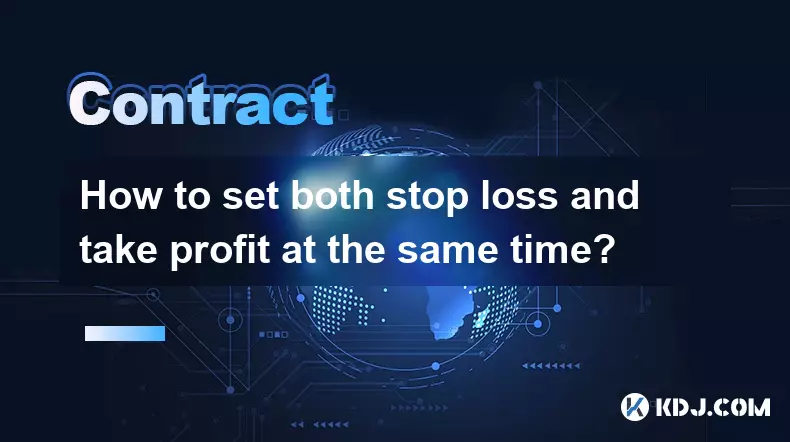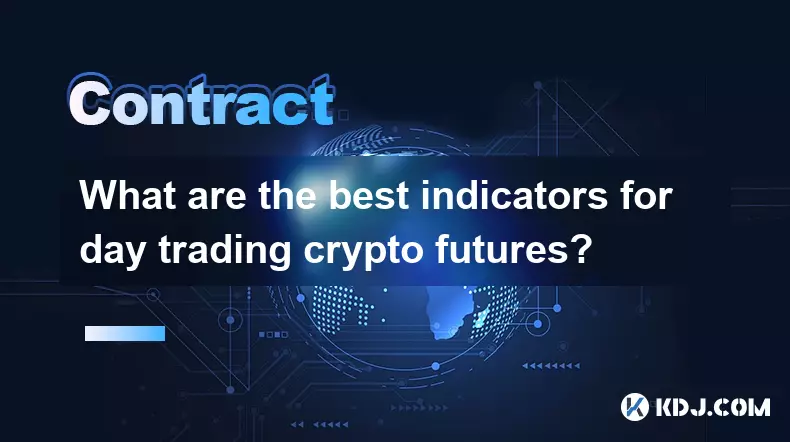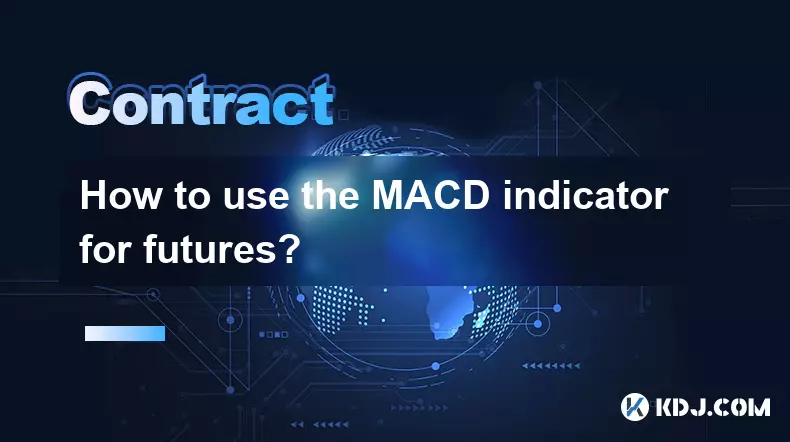-
 Bitcoin
Bitcoin $113200
1.54% -
 Ethereum
Ethereum $4368
1.43% -
 XRP
XRP $3.022
4.23% -
 Tether USDt
Tether USDt $0.0000
-0.01% -
 BNB
BNB $883.5
0.92% -
 Solana
Solana $219.5
5.29% -
 USDC
USDC $0.9997
-0.02% -
 Dogecoin
Dogecoin $0.2411
3.66% -
 Cardano
Cardano $0.8908
5.48% -
 TRON
TRON $0.3349
0.94% -
 Hyperliquid
Hyperliquid $54.50
8.93% -
 Chainlink
Chainlink $23.73
5.54% -
 Ethena USDe
Ethena USDe $1.001
-0.01% -
 Sui
Sui $3.602
5.47% -
 Stellar
Stellar $0.3861
5.90% -
 Bitcoin Cash
Bitcoin Cash $585.1
-1.13% -
 Avalanche
Avalanche $26.09
4.37% -
 Hedera
Hedera $0.2325
5.06% -
 UNUS SED LEO
UNUS SED LEO $9.549
-0.23% -
 Litecoin
Litecoin $114.2
1.13% -
 Cronos
Cronos $0.2502
-2.95% -
 Toncoin
Toncoin $3.134
1.24% -
 Shiba Inu
Shiba Inu $0.00001307
4.10% -
 Polkadot
Polkadot $4.148
3.50% -
 Uniswap
Uniswap $9.759
3.47% -
 Ethena
Ethena $0.8495
11.24% -
 World Liberty Financial
World Liberty Financial $0.2188
3.76% -
 Dai
Dai $0.9997
-0.03% -
 Monero
Monero $271.7
0.21% -
 Aave
Aave $309.2
2.95%
What happens if my margin level falls below the maintenance margin on Kraken?
On Kraken, if your margin level drops below the maintenance margin, your position is automatically liquidated to prevent further losses.
Aug 13, 2025 at 11:35 am

Understanding Margin Level and Maintenance Margin on Kraken
When trading with margin on Kraken, users borrow funds to increase their trading position size. The margin level is a critical metric that reflects the health of your margin account. It is calculated as the ratio of your total equity (the value of your assets in the margin position) to your used margin, expressed as a percentage. This value determines whether your positions remain open or are at risk of liquidation.
The maintenance margin is the minimum amount of equity required to keep a leveraged position open. If your margin level drops below this threshold, Kraken initiates risk management protocols to protect both the platform and the trader from further losses. This threshold varies depending on the asset and leverage used. For example, certain pairs may require a maintenance margin of 5%, meaning your equity must remain above 5% of the total position value.
It is essential to monitor your margin level in real time, especially during periods of high volatility. Kraken provides tools within its interface to help users track this metric. Falling below the maintenance margin triggers automatic mechanisms designed to prevent your account from entering a negative balance.
What Triggers a Margin Call on Kraken?
A margin call is not explicitly issued as a notification on Kraken in the traditional sense. Instead, when your margin level approaches or falls below the maintenance requirement, the system automatically begins risk mitigation procedures. Unlike some brokers that allow traders to deposit additional funds during a margin call, Kraken’s system prioritizes position stability through automated actions.
Key triggers include:
- A sharp adverse price movement reducing your position equity.
- High leverage amplifying losses faster than expected.
- Insufficient collateral to support open leveraged positions.
When these conditions occur, the platform evaluates whether the current equity supports the open margin position. If it does not meet the maintenance margin requirement, the system prepares for liquidation. There is no manual intervention window once the threshold is breached — the process is fully automated to maintain platform integrity.
Liquidation Process on Kraken When Margin Is Insufficient
If your margin level falls below the maintenance margin, Kraken initiates a partial or full liquidation of your position. This process is designed to repay the borrowed funds and cover any associated fees or losses. The liquidation occurs automatically and rapidly, typically within seconds of the threshold being breached.
The steps involved in liquidation include:
- The system identifies the undercollateralized position.
- An automated sell (or buy, in short positions) order is placed at the best available market price.
- The proceeds are used to repay the borrowed margin and associated funding fees.
- Any remaining equity is returned to your account, if applicable.
It’s important to note that liquidation may occur at a loss, especially during fast-moving markets. Slippage can result in execution prices worse than anticipated, potentially leading to a balance below zero in extreme cases. However, Kraken employs a negative balance protection policy for most accounts, meaning you will not owe more than your deposited collateral.
How to Monitor and Prevent Margin Level Drops
To avoid liquidation, proactive monitoring and risk management are crucial. Kraken provides several tools to help users stay within safe margin levels.
Key strategies include:
- Enable margin level alerts in your account settings to receive email or app notifications when your margin level approaches critical thresholds.
- Regularly check the futures and margin dashboard to view real-time equity, used margin, and liquidation prices.
- Use stop-loss orders to automatically close positions before they reach the maintenance margin level.
- Avoid over-leveraging; lower leverage reduces the risk of rapid margin depletion.
Additionally, maintaining a buffer of extra funds in your margin wallet can provide a safety net. For example, if your maintenance margin is 5%, aim to keep your margin level above 15–20% to account for volatility. This practice, known as over-collateralization, significantly reduces liquidation risk.
Differences Between Cross Margin and Isolated Margin on Kraken
Kraken supports cross margin by default in its futures and margin trading systems. In a cross margin setup, all available balances in your account can be used as collateral for open positions. This increases flexibility but also means that a loss in one position can affect the health of others.
In contrast, isolated margin (available in certain products or via Kraken Pro) limits the collateral assigned to a specific position. This means only the designated margin is at risk, preventing cascading liquidations across positions.
Consider these points:
- With cross margin, if one position depletes equity, funds from other holdings may be used to cover the shortfall.
- Isolated margin allows precise control over risk per trade, making it easier to calculate liquidation points.
- Choosing the right margin mode depends on your risk tolerance and trading strategy.
Understanding which mode you are using is essential, as it directly impacts how quickly a drop in one position’s value can trigger liquidation.
Recovering After a Liquidation Event
After a liquidation, your position is closed, and the borrowed funds are repaid. You may still access your remaining account balance, assuming no negative balance occurred. Kraken’s system logs the event in your trade history and margin ledger, allowing you to review the execution price and timing.
To recover:
- Analyze the cause of the liquidation—was it due to leverage, volatility, or lack of monitoring?
- Adjust your position sizing and leverage in future trades.
- Replenish your margin wallet if you plan to re-enter leveraged positions.
- Consider using take-profit and stop-loss orders more consistently.
Kraken does not charge additional penalties for liquidation beyond the market loss and funding fees. However, frequent liquidations may indicate a need for improved risk management practices.
Frequently Asked Questions
What is the exact maintenance margin percentage on Kraken?Maintenance margin requirements vary by asset and leverage. For example, BTC/USD futures may require a maintenance margin of 5%, while altcoin pairs might require 7–10%. These values are displayed in the trading interface when opening a position.
Can I add funds during a liquidation process?No. Once your margin level falls below the maintenance threshold, the liquidation process begins immediately. There is no opportunity to deposit funds to save the position. Deposits can only be made before or after the event.
Does Kraken notify me before liquidation?Kraken does not send real-time alerts by default, but you can enable margin level notifications in your account settings. These alerts can warn you when your margin level drops to 30%, 20%, or 10%, giving you time to act before reaching the maintenance margin.
Will I lose all my funds if liquidated?No. Only the collateral allocated to the specific position is used to cover losses. Kraken’s negative balance protection ensures you won’t owe more than your deposited funds, even if the liquidation occurs at a worse price than expected.
Disclaimer:info@kdj.com
The information provided is not trading advice. kdj.com does not assume any responsibility for any investments made based on the information provided in this article. Cryptocurrencies are highly volatile and it is highly recommended that you invest with caution after thorough research!
If you believe that the content used on this website infringes your copyright, please contact us immediately (info@kdj.com) and we will delete it promptly.
- USDT0 & X Layer: Unifying Stablecoin Liquidity for a Seamless Web3 Experience
- 2025-09-09 22:45:15
- Dogcoin Mining: Turning a Meme into a Profit Source
- 2025-09-09 22:45:15
- Crypto Casinos, Bitcoin & Europe in 2025: Riding the Wave
- 2025-09-09 22:25:15
- OpenSea's SEA Token: Tokenomics, Treasure Chests, and the Future of NFT Trading
- 2025-09-09 22:25:15
- BBVA, Ripple, and Crypto Custody: A New Era for European Banking
- 2025-09-09 22:50:12
- Sky High Stakes: The USDH Bidding War Heats Up
- 2025-09-09 23:10:12
Related knowledge

How to learn smart contract development?
Sep 09,2025 at 02:18am
Understanding the Foundation of Smart Contracts1. Smart contract development begins with a solid understanding of what smart contracts are—self-execut...

How to set both stop loss and take profit at the same time?
Sep 06,2025 at 04:36pm
Understanding Simultaneous Stop Loss and Take Profit Orders1. Placing both stop loss and take profit orders at the same time is a standard practice in...

What is copy trading for crypto futures?
Sep 07,2025 at 02:00am
What Is Copy Trading in Crypto Futures?1. Copy trading in crypto futures allows investors to automatically replicate the trades of experienced traders...

What are the best indicators for day trading crypto futures?
Sep 08,2025 at 10:18am
Top Technical Indicators for Crypto Futures Day Trading1. The Relative Strength Index (RSI) is widely used to identify overbought or oversold conditio...

How to use the MACD indicator for futures?
Sep 07,2025 at 09:00pm
Understanding the MACD Indicator in Futures Trading1. The MACD (Moving Average Convergence Divergence) indicator is a momentum oscillator widely used ...

What to do if you are about to be liquidated?
Sep 06,2025 at 01:00am
Understanding Liquidation in the Crypto Market1. Liquidation occurs when a trader’s margin balance falls below the required maintenance margin, forcin...

How to learn smart contract development?
Sep 09,2025 at 02:18am
Understanding the Foundation of Smart Contracts1. Smart contract development begins with a solid understanding of what smart contracts are—self-execut...

How to set both stop loss and take profit at the same time?
Sep 06,2025 at 04:36pm
Understanding Simultaneous Stop Loss and Take Profit Orders1. Placing both stop loss and take profit orders at the same time is a standard practice in...

What is copy trading for crypto futures?
Sep 07,2025 at 02:00am
What Is Copy Trading in Crypto Futures?1. Copy trading in crypto futures allows investors to automatically replicate the trades of experienced traders...

What are the best indicators for day trading crypto futures?
Sep 08,2025 at 10:18am
Top Technical Indicators for Crypto Futures Day Trading1. The Relative Strength Index (RSI) is widely used to identify overbought or oversold conditio...

How to use the MACD indicator for futures?
Sep 07,2025 at 09:00pm
Understanding the MACD Indicator in Futures Trading1. The MACD (Moving Average Convergence Divergence) indicator is a momentum oscillator widely used ...

What to do if you are about to be liquidated?
Sep 06,2025 at 01:00am
Understanding Liquidation in the Crypto Market1. Liquidation occurs when a trader’s margin balance falls below the required maintenance margin, forcin...
See all articles
























































































